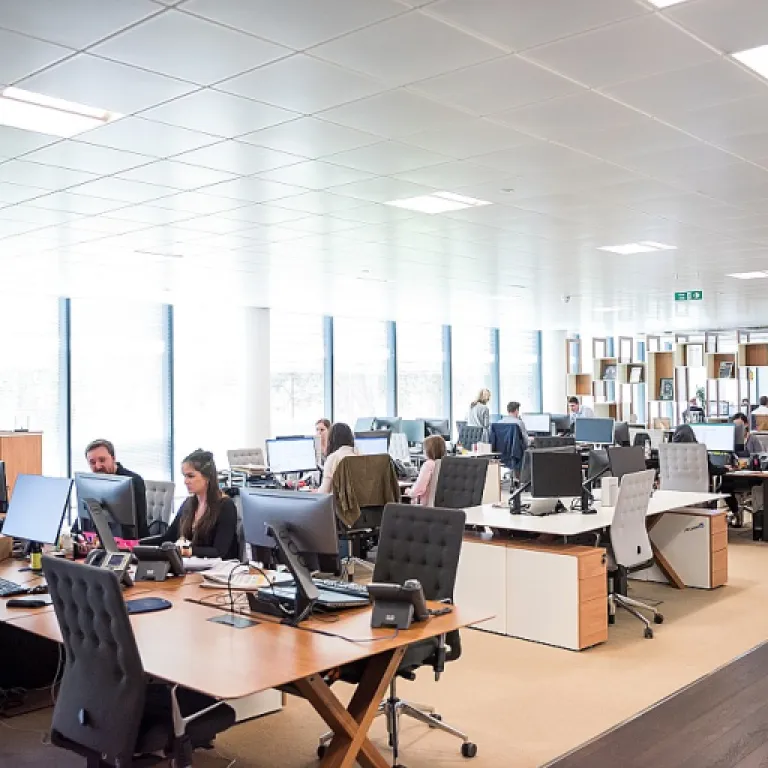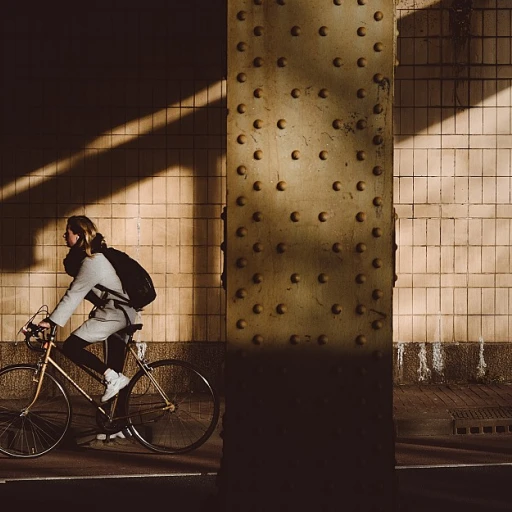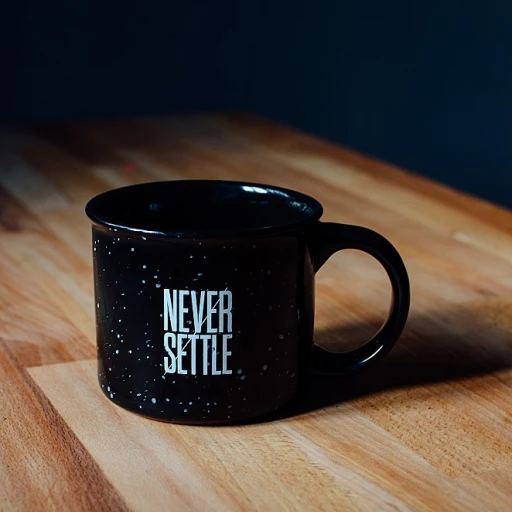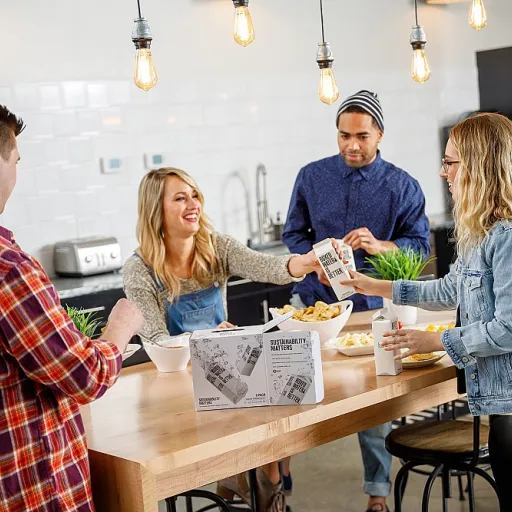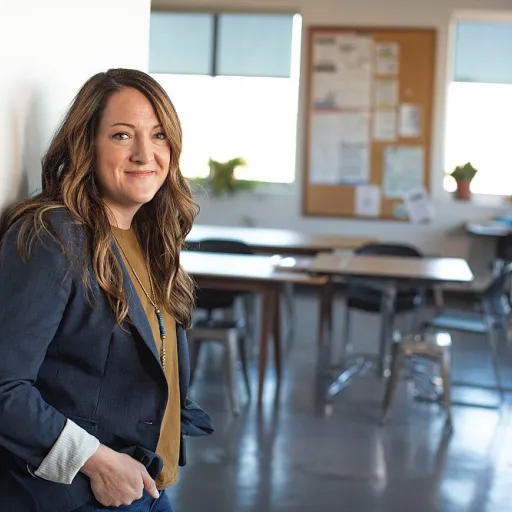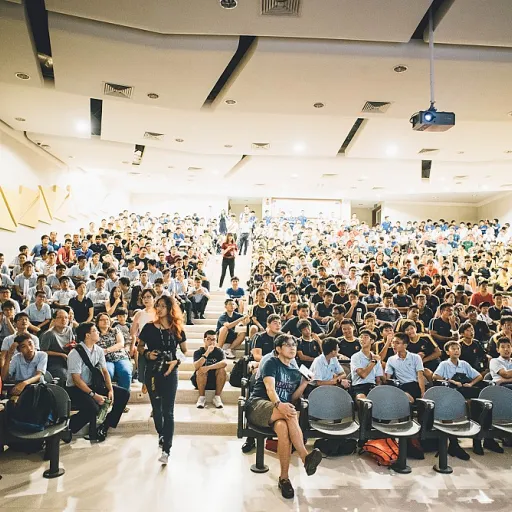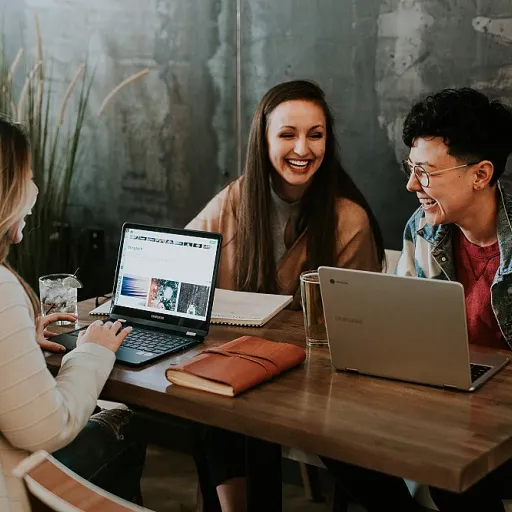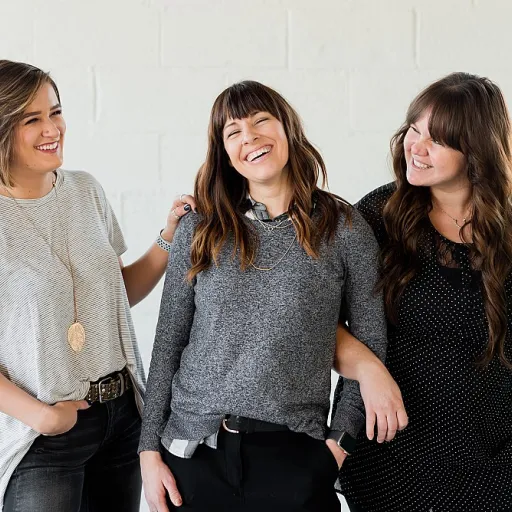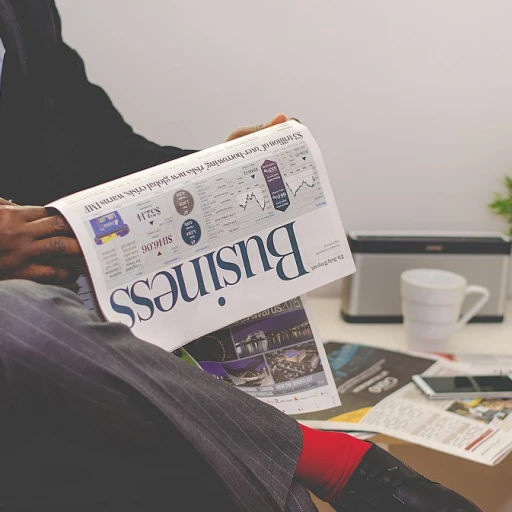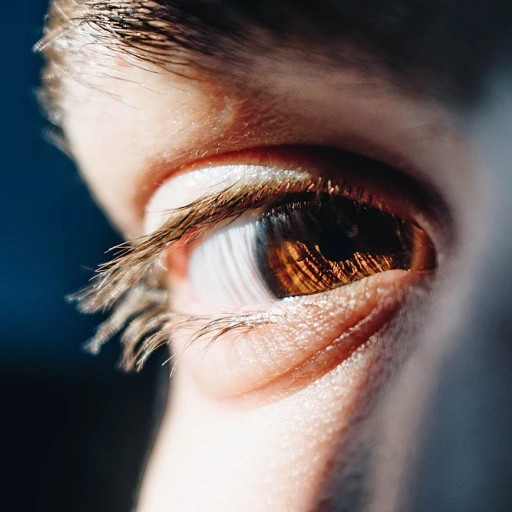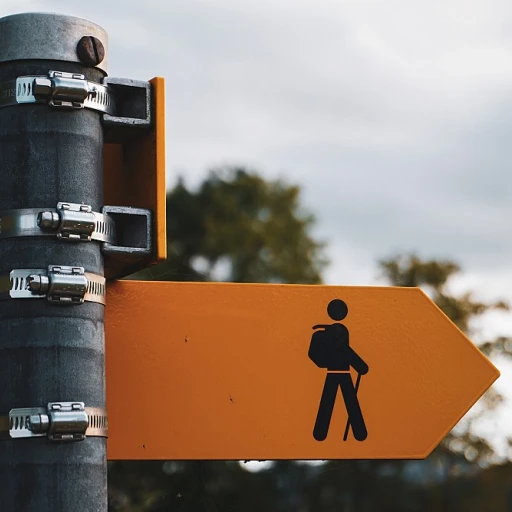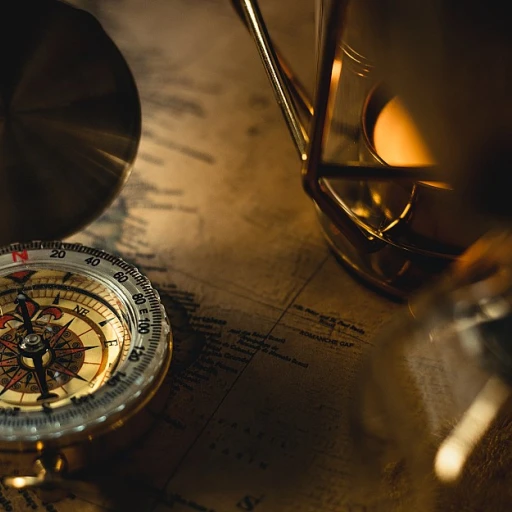
Understanding the Importance of First Impressions
Why First Impressions Matter
When it comes to preparing for a job interview, particularly in the business professional and casual environments, the significance of first impressions cannot be overstated. Your choice in interview attire plays a crucial role in how potential employers perceive you, setting the tone for the entire interview process. Whether you're opting for a navy suit or a classic gray blazer, the goal is to convey a sense of confidence, professionalism, and attention to detail.
Choosing the right suit outfit can make or break your interview experience. A well-fitted interview suit in the United States, often resonates with a company's culture and dress code, signaling that you respect their standards and are serious about securing the position. While you may be inclined to delve into outfit ideas, it is vital to strike a balance between being memorable and adhering to the conventional expectations of business attire.
Of course, selecting a suit is just the beginning of crafting your outfit. Beyond the suit's color and style, your overall suit colors choice should harmonize with your personality and the nature of the job. Whether you lean towards a custom fit or appreciate the versatility of a good-quality men suit, it's essential to ensure your outfit enhances your professional demeanor.
To master these elements, preparing for your interview can extend beyond just clothing. Enhancing your communication skills is just as important. Consider these tips and strategies to complement your impeccable interview suit choice and make a great impression during your job interview.
Selecting the Appropriate Suit Style
The Ideal Suit Style to Complement Your Professional Persona
Choosing the right suit style for a men's interview is crucial to making a great impression. The suit you select should align with both the company's dress code and the nature of the position. Here are some key factors to consider when selecting a suit style for your job interview:- Formal or Business Casual: In more traditional industries such as finance or law, a formal business professional look is recommended. This usually involves a classic navy suit or a deep gray suit, paired with a crisp white dress shirt and a conservative tie. On the other hand, a business casual environment may allow for a more relaxed look, perhaps a smart blazer paired with dress pants, giving you room to express your personal style while still appearing polished.
- Two-Piece vs. Three-Piece: A two-piece suit is generally the best choice for most job interviews, offering a sleek and professional appearance without overdoing it. However, if you're aiming for a unique yet classic approach, consider a three-piece suit, especially when aiming for an elevated level of formality.
- Custom vs. Off-the-Rack: If your budget allows, investing in a custom suit is a wise decision as it will ensure a perfect fit tailored specifically for you. For those opting for off-the-rack options, ensure alterations are made so the suit fits well, enhancing your confidence and overall look.
Color and Fabric Considerations
Exploring the Palette and Selecting the Right Textures
When preparing for a job interview, particularly in formal business settings, the colors and fabrics you choose for your suit can greatly influence perception. Selecting a business professional color scheme is essential to make a great impression without overshadowing your qualifications.
- Classic Colors: Among the staple selections for interview attire are the navy suit and gray suit. Both options convey professionalism and reliability. A navy suit, often regarded as versatile, suits various business environments and is a quintessential choice in the United States. On the other hand, gray suits offer a subdued elegance that can differentiate you subtly from traditional black suits.
- Consider Suit Fabric: Wool remains a popular fabric choice for men suits—balancing durability with a polished look. In warmer climates or during summer months, lighter fabrics like cotton or linen might be considered; however, wool or wool blends generally maintain a more authoritative presence during a suit interview.
- Appropriate Texture: For a more conservative approach, it's advisable to steer clear of overly bold patterns. Solid and subtle pinstripes are safe bets for men suit options. The key here is to ensure that the fabric complements your desired image and fits within the acceptable business dress code.
While selecting the colors and textures that enhance your professional presence during job interviews can seem daunting, thoughtful consideration of these elements will contribute to a more polished and confident appearance. Prioritize outfits that align with the organizational culture of the prospective employer and stay within the accepted spectrum of business professional attire.
Ensuring the Perfect Fit
Getting the Right Fit
A pivotal aspect of choosing the perfect interview suit is ensuring it fits impeccably. A well-fitting suit can make all the difference, allowing you to project confidence and professionalism during your job interview. Whether you are donning the classic navy suit or opting for a timeless gray, achieving the right fit is non-negotiable.
When exploring suit options, remember that not all suits are created equally. Off-the-rack suits available in the market can be convenient, especially for last-minute needs. However, they might not always offer the precision fit required for more formal occasions. Therefore, many men lean towards custom or tailored suits to ensure an outfit that complements their physique perfectly.
When focusing on the fit, consider these essential components:
- Jacket Fit: The blazer should hug your shoulders without any wrinkles or stretch. It should close effortlessly around your waist while still allowing some room for movement. Pay attention to the sleeve length – they should end just above your wrists, exposing about half an inch of your shirt cuff.
- Pants Fit: Your trousers should rest comfortably around your waist without needing a belt to hold them up. The hem should lightly brush the tops of your shoes without pooling excessively, offering a clean, polished appearance.
These elements not only enhance your appearance but also reflect a commitment to professionalism and meticulousness, which are crucial in a business setting. Fit should not only be about measurements but also comfort, as you want to focus your full attention on acing your interview rather than adjusting your outfit.
In conclusion, investing time and resources in fitting your interview suit appropriately solidifies the image of a business professional ready for success. Remember, a suit that fits well is a statement of intention and will set a great impression as you dress for success.
Accessorizing for Success
Elevating Your Look with Thoughtful Accessories
The way you accessorize an outfit can significantly impact the impression you make during a job interview. When pairing your suit with the right elements, you can enhance your professional appearance without overshadowing your core attire. Keep these key points in mind to strike the perfect balance:- Ties and Pocket Squares: Choose a tie that complements your dress shirt and suit color. A navy blue or gray suit typically pairs well with ties in subdued shades of the same color family. Pocket squares can add a touch of sophistication, but opt for simple patterns or solid colors to maintain a formal look.
- Footwear: Leather shoes are a staple for any formal outfit. Ensure they are well-polished and in good condition. Classic colors such as black or brown work well with most suit colors, including navy and gray.
- Belts: A belt should coordinate with your shoes in both color and texture. This subtle attention to detail shows meticulousness and can leave a great impression.
- Watches and Jewelry: While watches can convey professionalism and punctuality, ensure they don't draw too much attention. Keep jewelry minimal, as excessive adornment might deviate from the business professional dress code.
- Bags and Briefcases: Opt for a sleek briefcase or a leather bag for carrying necessary documents. This not only serves a practical purpose but also accentuates the business casual vibe you're aiming for.
